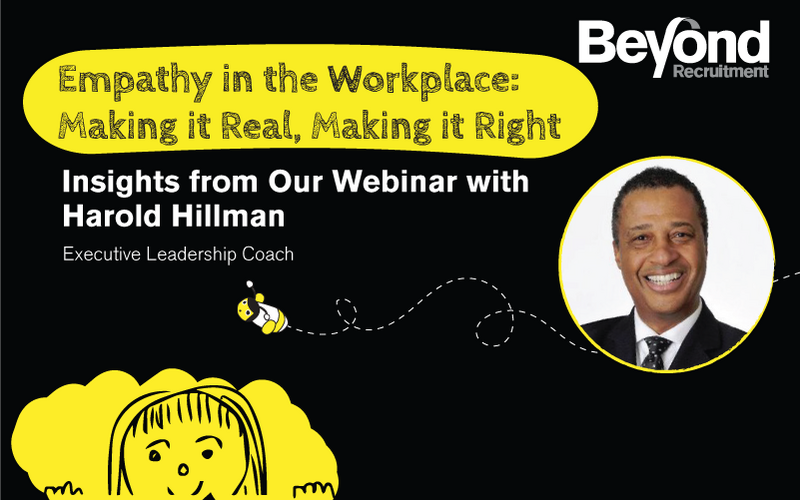liThe idea that emotional intelligence (EQ) is becoming more important than IQ for success in business has been gathering momentum since the mid-1990s. Now, in 2020, as we emerge from our COVID-19 crisis stations and into a reimagined normality, that momentum has accelerated.
EQ is essential for success in the contemporary business environment and empathetic leadership is how organisations are manifesting their commitment to improving EQ. But what does EQ mean in the corporate context and how can you become an empathetic leader?
Here are the key takeaways from our recent webinar with Executive Leadership Coach Harold Hillman, which answers these questions.
Defining EQ
Empathy in the workplace can only be implemented by leaders who understand the overarching framework of EQ. During the session, Harold walked us through the key elements of the concept, these are summarised below.
Three Kinds of Empathy
Each workplace, team and individual are unique. Although empathetic leadership is important for any business, how that is deployed will vary subtly depending on different contexts. Here, Harold introduces three distinct ways in which empathy is expressed and experienced.
Your Leadership Shadow
Even within the context of a ‘normal’ economic and social settings, the words and actions of a leader carry a lot of weight, projecting far beyond their immediacy and having a significant bearing on team harmony. COVID-19 has increased the potential impact (positive or negative) of the leadership shadow.
Though leaders are themselves individuals, subject to the same peaks and troughs as anyone else, there is a requirement for consistency of communication when you are a leader. Harold discussed the often overlooked phenomenon of 'rank amplification' and its prevalence in the corporate sphere. The higher up in an organisation a leader is, the longer the leadership shadow they cast.
Members of senior leadership teams, in particular, must be mindful of the need to make it easy for junior employees to connect with them, minimising the notion that those employees cannot be themselves when interacting with leaders.
Summary
Leaders must accept that the post-COVID-19 world will continue to present challenges. Building empathy into the workplace is not going to address these challenges on its own, but it is an essential foundation for being able to motivate teams to meet adversity head-on. Improving EQ, in turn, improves communication channels, which then empowers individuals to identify innovative solutions to complex problems, free of any restrictive mindsets.
This piece represents a brief overview of the analysis Harold gave during the webinar, so be sure to click the links below to view the whole recording and access the presentation slides which include the reading and reference material that Harold refers to during the Webinar, which many participants requested.
If you would like to discuss any of these insights or find out how we can support you and your business during this time, please don’t hesitate to reach out.


.png)


